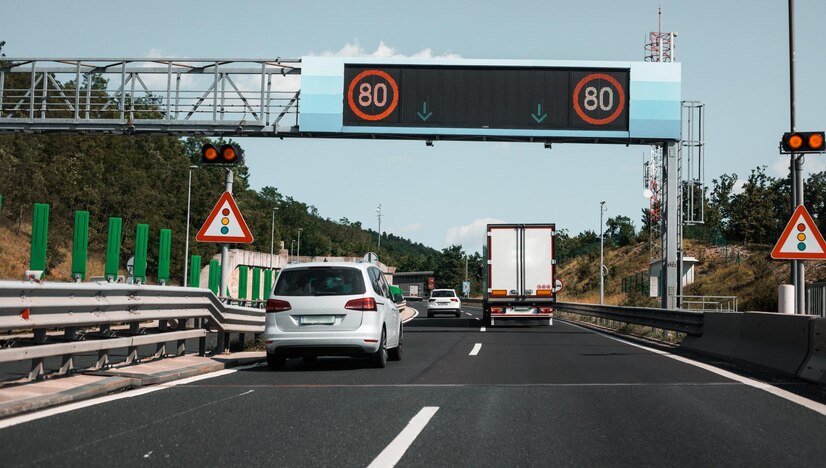Let's Discuss
Enquire NowIn this fast-developing world, road infrastructure cannot expand as fast as the number of vehicles on the road each year. The traffic management systems we have now are mostly based on a rigid schedule and depend on the amount of traffic in each area. This method was practical for the time it was created, but in our growing urban world, we are in need of a technique that requires more dynamic traffic control so that emergency vehicles such as ambulances do not get delayed by traffic. One solution is to employ possibilities in the Internet of Things as a method to control and manage traffic dynamically from a central server.
Current Scenario on Roads
Traffic management is becoming a major concern in cities with larger population densities. The current traffic management system deals with periodically halting traffic or diverting traffic in certain areas to ease hold-ups. This system is proving to be less effective as the number of vehicles increases without a possibility for an expansion in road width or the number of lanes.
How can IoT help?
IOT or Internet of Things as you know refers to a system of simple, dedicated devices connected to a central server from different parts of the world through the Internet to perform complex tasks. Each device, combined together with a high-yield central server, gathers a specific kind of data for a server or performs a specific task as per the server’s orders without much delay or cost.
In Traffic Management systems, instead of having each traffic camera be made with speed-calculating capabilities, the video feed can be sent to a central server that calculates the speed of vehicles and sends fine tickets to the drivers. Here, the cost of building is reduced significantly for each additional unit, it becomes cheaper and simpler to expand and maintain, and additional functions can be integrated without changing the underlying hardware.
Flaws of Current Traffic Management System
The current traffic management system relies on a static construction that works independently from one another at each junction. The hardware is created such that as long as it has access to power, it will function properly, changing the activated light at fixed intervals. This interval can be changed by tampering with the hardware at the junction, but cannot be modified easily without change to the underlying hardware.
When emergency services such as ambulances or fire brigades have to pass through, they must rely on the ability of the drivers in front of them to be able to pave a road for them, to move their vehicles in the limited space in traffic such that they may pass through. This often leads to delays and accidents, causing deaths in many cases due to a lack of timely medical support.
IOT-Based Traffic System Monitoring
Managing traffic through IOT can have various possibilities. In this section, we bring to you a system where we use pressure pads and wifi modules connected to each traffic light, which in turn can be accessed through an app for emergency service drivers.
The pressure pads related to each light keep track of the amount of traffic at that junction and transmit it through the wifi mobile to the central server. The app for emergency services shows the driver how much traffic is present at each junction based on the data collected by the pressure pads at each light. The driver is then able to plan and execute a more efficient route with his knowledge of local shortcuts and such.

Conclusion
In this blog, we had a brief overview of how implementing IoT-run systems can significantly improve traffic management by a large margin.
Do you have a project in mind that deals with IoT? Our team of developers can just be what you need! Connect with us here to kick-start your dreams!
Disclaimer: The opinions expressed in this article are those of the author(s) and do not necessarily reflect the positions of Dexlock.



